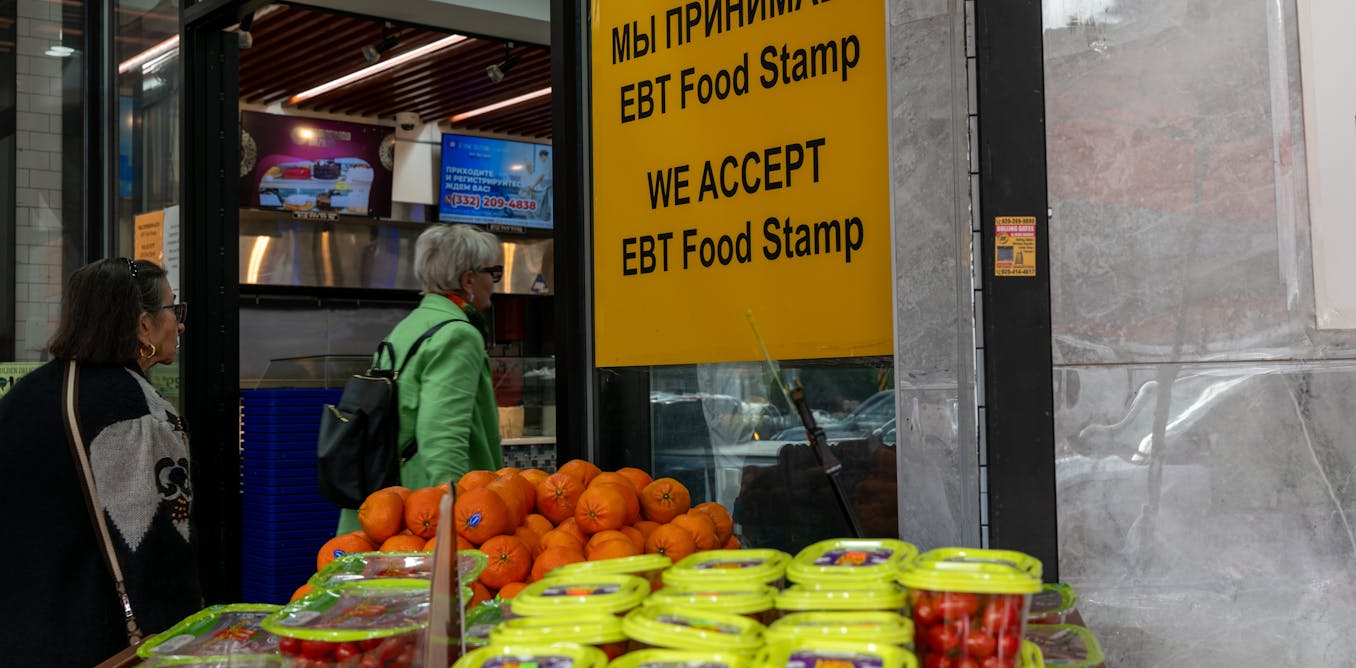The Fiscal Tightrope: Navigating the Risks and Rewards of Eroding Fed Independence
Edwin FosterSaturday, Jul 5, 2025 10:27 pm ET
![]() 2min read
2min read
The United States stands at a fiscal crossroads. With federal debt projected to surpass 100% of GDP in 2025 and deficits climbing relentlessly, the interplay between fiscal policy and monetary independence has become the defining economic challenge of our time. The Trump administration's fiscal dominance strategy—prioritizing deficit spending while pressuring the Federal Reserve to suppress interest rates—has created a paradox: short-term buoyancy in financial markets contrasts sharply with long-term structural fragility. Investors must now parse this divergence to identify opportunities while hedging against looming risks.
The Congressional Budget Office (CBO) projections paint a stark picture. By 2035, federal debt is expected to hit 118% of GDP, eclipsing post-World War II highs. Mandatory spending on entitlements and rising net interest costs will account for much of this growth, even as economic growth slows to just 1.8% by 2026. The Fed, meanwhile, has already begun easing rates to mitigate the economic drag of these deficits. This creates a precarious feedback loop: lower rates reduce near-term borrowing costs, but they also risk inflating asset bubbles and eroding the Fed's ability to respond to future crises.

The strategy's immediate benefit is clear: suppressed rates have fueled a sustained equity rally. The S&P 500, buoyed by cheap capital and fiscal stimulus, has climbed steadily despite slowing GDP growth. Yet this rally masks deeper vulnerabilities. When will markets price in the eventual cost of today's profligacy?
The fiscal dominance paradigm hinges on the Fed's willingness to monetize debt, effectively financing deficits through accommodative policy. In the short term, this dynamic favors equities and corporate bonds. Sectors like technology and consumer discretionary, which thrive on low discount rates and consumer spending, are prime beneficiaries.
However, this arrangement carries profound long-term risks. Persistent deficits will eventually force the Fed into a corner: either tolerate higher inflation or risk a bond market rout if rates rise to rein in spending. The CBO's 2055 projections—7.3% deficits and 156% debt—highlight the unsustainable trajectory. Even a modest acceleration of inflation could trigger a crisis of confidence, as bondholders demand higher yields.
Investors must balance two imperatives: capturing gains from the current risk-on environment while hedging against inflation and policy overreach.
The era of fiscal dominance has turned the Fed into a reluctant enabler of deficit spending. While this dynamic may keep equities aloft in the near term, it sets the stage for a reckoning. Investors must embrace a dual strategy: capitalize on the current momentum in rate-sensitive sectors while preparing for the day when fiscal imprudence meets market discipline. The stakes are high—the difference between riding the next wave and being swamped by the undertow hinges on recognizing that fiscal excesses, like tides, eventually turn.
Stay nimble, stay diversified, and keep one eye on the horizon. The fiscal tightrope is narrowing.
This analysis is for informational purposes only and does not constitute investment advice. Readers should consult with a qualified financial advisor before making investment decisions.







